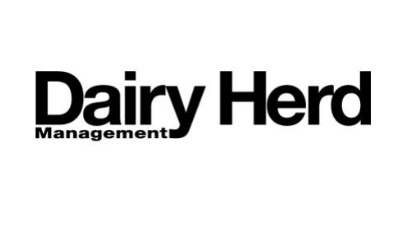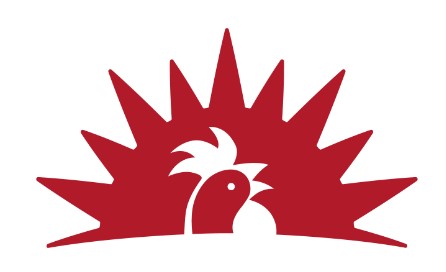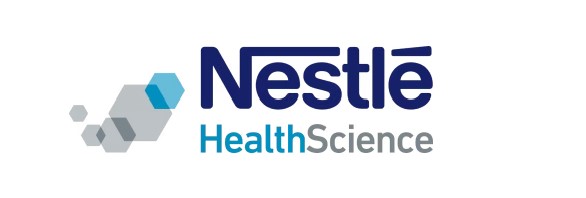News and Information Related to Sustainability in Dairy
A collection of articles relevant to dairies and their environmental impact.

Local Dairies Show Interest in Hydroponic Feed as a Service
The idea of feeding cows hydroponically grown feed such as wheat and barley has piqued the interest of California dairy farmers. Operating with automated seeding, watering, and harvesting, HydroGreen’s feed centers can produce about 34 tons of feed a day of which dairy farmers would purchase from directly. HydroGreen can keep costs low for farmers, while providing feed with a better pH balance for cows’ digestion, and therefore reducing emissions.

Sustainability: Not a one-size-fits-all solution
In 2022, Dairy West and Idaho Dairymen’s Association offered the opportunity to dairy farmers in Idaho and Utah to travel to Royal Dairy in Washington and Fair Oaks Farms in Indiana to learn how other farms across the country are working to achieve dairy’s 2050 Net Zero Initiative. This trip deepened the understanding that there is no one single solution to reach sustainability goals. As each dairy farm operates and manages differently from one another, their implemented tools and solutions will also differ.

The climate-friendly cows bred to belch less methane
By next spring, Canadian dairy farmer Ben Loweith will have some of the first calves in the world that were bred to burp less methane. With methane being a large contributor of greenhouse gas emissions on dairy farms and other livestock systems, Ben sees the adoption of the low-methane trait into his herd as a potential way to reduce emissions on his farm.

Manure as Fertilizer: Can I decrease applied manure’s greenhouse gas emissions?
Manure applications are a beneficial component to the replenishment of nutrients in the soil, especially in livestock systems. When manure is applied, it can release greenhouse gas emissions such as nitrous oxide and ammonia. There are several factors that influence emission contribution from manure application, but these emissions can be greatly reduced through various application methods and nitrification inhibitors.

The Basics of Carbon Credits
Increasing trends to lower carbon emissions on dairy farms are leading to meaningful conversations about carbon credits and markets. The nature of carbon markets is complex and should be thoroughly understood before entering the carbon market. Knowing the ins and outs of carbon credits and markets will help farmers choose the market and carbon-reduction practice, best fit for their farm.
Grant Opportunity: Small Business Innovation Research and Small Business Technology Transfer Programs Phase I
Unlike fundamental research, the USDA SBIR/STTR programs support small businesses in the creation of innovative, disruptive technologies and enable the application of research advancements from conception into the market. Projects dealing with agriculturally-related manufacturing and alternative and renewable energy technologies are encouraged across all SBIR/STTR topic areas. USDA SBIR/STTR’s flexible research areas ensure innovative projects consistent with USDA’s vision of a healthy and productive nation in harmony with the land, air, and water. Funding Close Date: September 19, 2023.

Red algae added to cow’s manure can reduce methane production
There have been several technologies created to conquer methane emissions caused by the storage of manure. A team of researchers from the Swedish University of Agricultural Sciences discovered a potentially new way to reduce these emissions through the addition of a tropical alga, Asparagposis taxiformis (AT), also known as red sea plume, to be used as a methane inhibitor in manure storage.

CDFA Supports Dairy and Livestock Methane Reduction Programs
Within the past eight years, the California Department of Food and Agriculture (CDFA) has proven its support for dairy and livestock methane production through its funding of 271 incentive projects that resulted in the reduction of 24.3 million metric tons of carbon dioxide equivalents. To secure funding, CDFA has joined the USDA Partnerships for Climate Smart Commodities program that aims to reduce greenhouse gas emissions and expand markets for climate-smart commodities. With this funding, the CDFA is able to offer new programs like the Dairy Plus Program while also keeping the viability of existing programs like the Alternative Manure Management Program (AMMP) and the Dairy Digester Research and Development Program (DDRP).

Nestlé Health Science Collaborates with Royal Dairy Farm to Help Reduce Greenhouse Gas Emissions through U.S Dairy Net Zero Initiative
Nestlé Health Science has partnered with Royal Dairy farm in Washington state to reduce greenhouse gas emissions through climate-smart farming practices. The collaboration focuses on innovation in cow feed, manure management, renewable energy, and regenerative agriculture, demonstrating how dairy milk can be a sustainable source of nutrition. As part of the collaboration, Royal Dairy joins Nestlé Health Science’s dairy suppliers for Carnation Breakfast Essentials, a nutritional powder drink mix, to bring sustainable dairy products to consumers nationwide. The initiative aligns with the U.S. Dairy Net Zero Initiative, advancing sustainability practices and research in the dairy industry.

3Degrees Managed Carbon Project Receives Approval of First-of-its-Kind Technology
3Degrees, a climate solutions provider, has announced the approval of a groundbreaking methane avoidance project at Skyridge Farms by Verra, the global carbon standards body. The project, managed by 3Degrees, uses Livestock Water Recycling’s First Wave System to eliminate methane production from onsite waste and recover volatile solids from raw manure. In addition to mitigating methane emissions, the system provides cleaner water for crops, increased compost value, healthier soils, and improved air quality for the surrounding communities. The project not only brings environmental benefits but also has the potential to generate carbon credits, making it eligible for participation in voluntary carbon markets.
